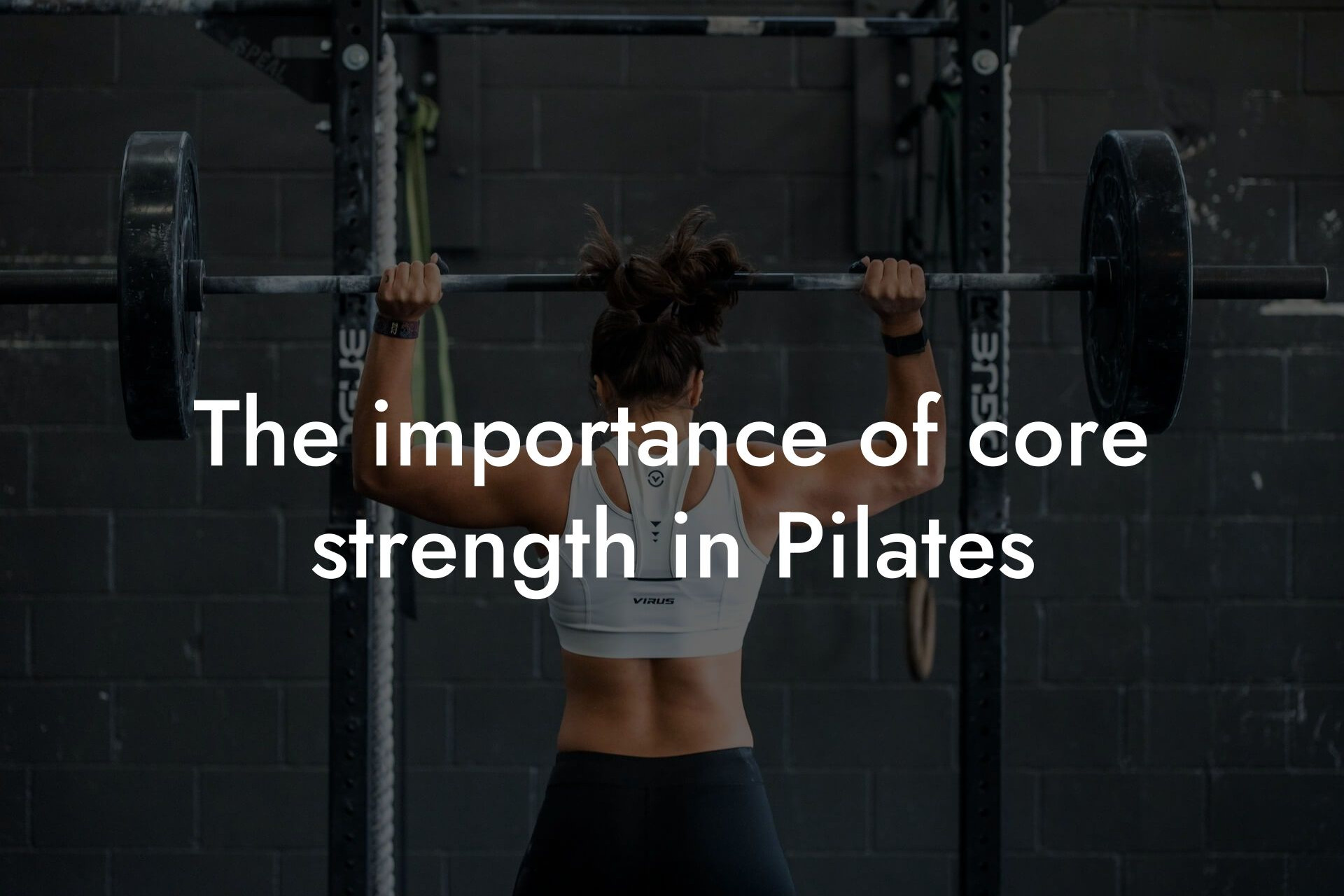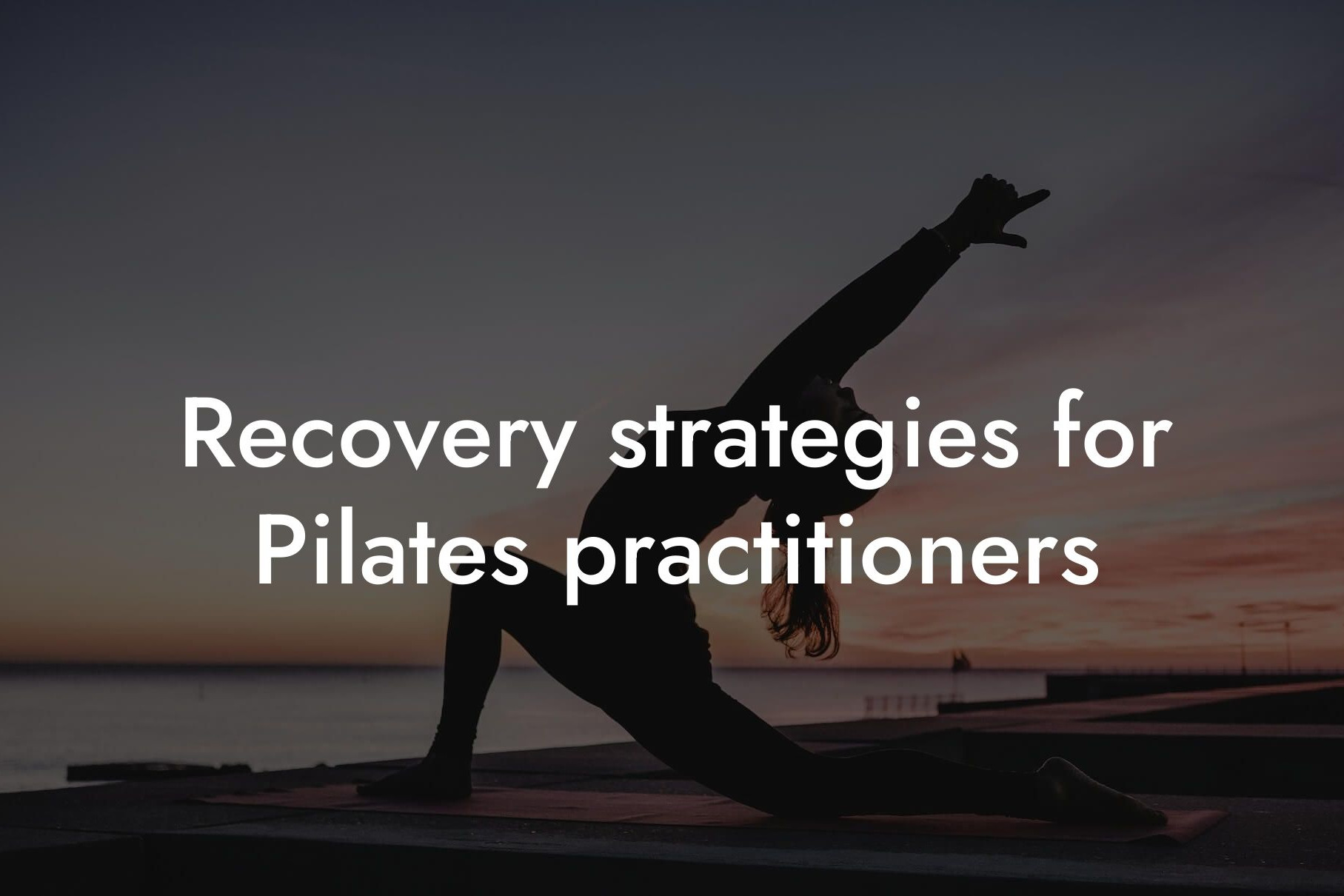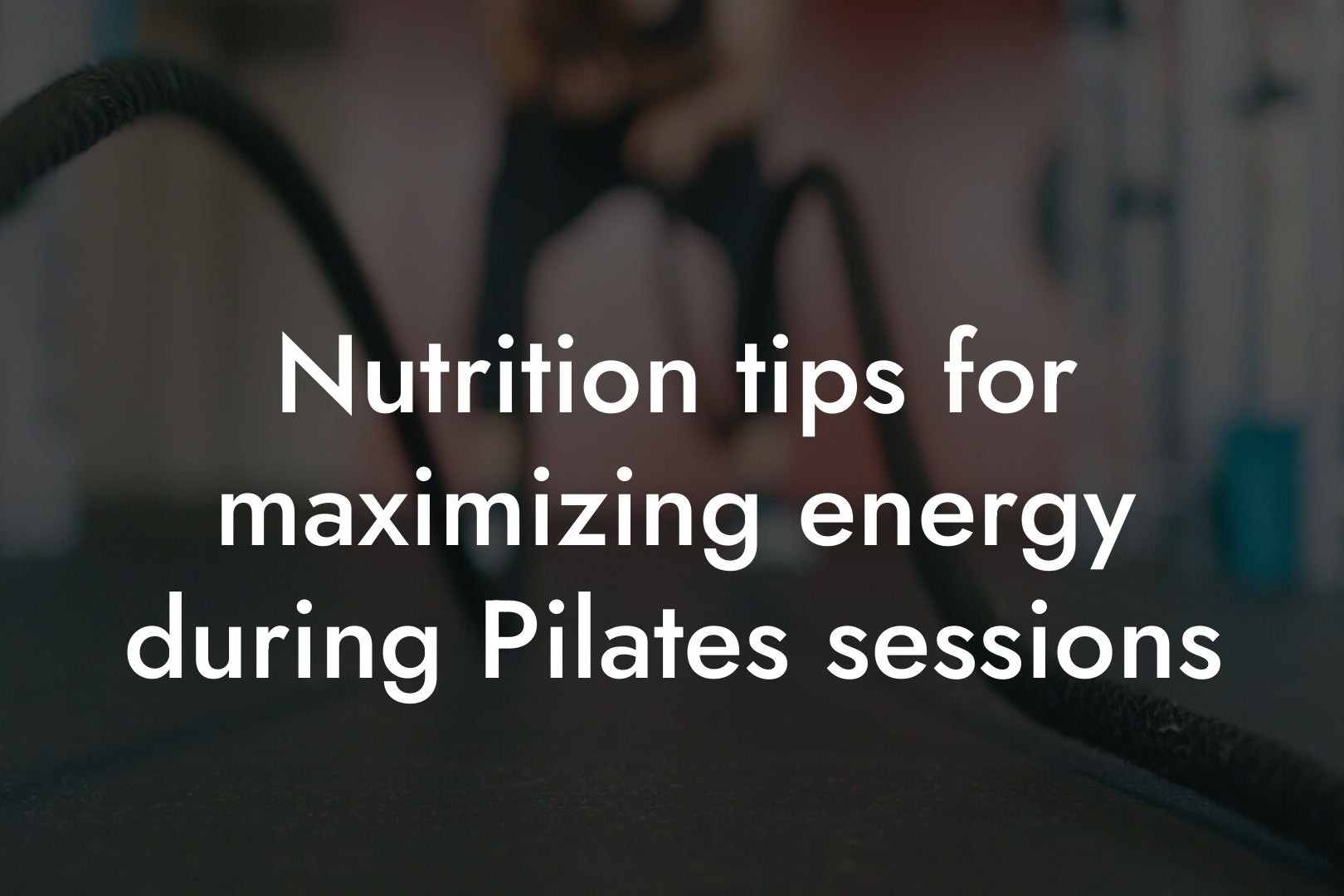Bone density is a critical aspect of overall health, particularly for high-earning professionals who prioritize their physical appearance and physique. As a key indicator of bone health, bone density plays a vital role in Pilates practice, and understanding its significance can help individuals optimize their workout routine and achieve their fitness goals. In this article, we will delve into the world of bone density, its importance in Pilates, and how our DEXA machine can provide valuable insights to take your fitness journey to the next level.
Table of Contents
What is Bone Density?
Bone density, also known as bone mass, refers to the amount of minerals such as calcium and phosphorus present in the bones. It is a measure of the strength and density of bones, which is essential for maintaining proper posture, movement, and overall skeletal health. Bone density is typically measured using a DEXA (Dual-Energy X-ray Absorptiometry) scan, which provides a precise calculation of bone mineral density (BMD).
Why is Bone Density Important in Pilates?
Pilates is a low-impact form of exercise that focuses on strengthening the core, improving flexibility, and enhancing posture. However, Pilates also places significant demands on the bones, particularly in the spine, hips, and legs. As Pilates exercises often involve weight-bearing movements, maintaining optimal bone density is crucial to prevent injuries, fractures, and osteoporosis. Strong bones can support the physical demands of Pilates, enabling individuals to perform exercises with confidence and precision.
The Risks of Low Bone Density in Pilates
Low bone density can significantly increase the risk of injuries and fractures during Pilates practice. Weakened bones may struggle to support the weight and stress of exercises, leading to conditions such as:
- Osteoporosis: A condition characterized by brittle and porous bones, making them more susceptible to fractures.
- Stress Fractures: Hairline cracks in the bones, often caused by repetitive stress and inadequate bone density.
- Compression Fractures: Collapse of the vertebrae, resulting in back pain, limited mobility, and potential long-term damage.
How Pilates Can Improve Bone Density
While Pilates may pose risks to individuals with low bone density, it can also be an effective way to improve bone health. By incorporating Pilates into your fitness routine, you can:
- Increase Bone Mass: Resistance exercises, such as those found in Pilates, can stimulate bone growth and density.
- Enhance Bone Quality: Pilates can improve bone architecture, reducing the risk of fractures and osteoporosis.
- Improve Posture and Alignment: Pilates focuses on proper posture and alignment, which can reduce the stress on bones and joints.
DEXA Scan: The Key to Optimal Bone Density
Our DEXA machine provides a comprehensive body assessment, including a precise measurement of bone density. This information is invaluable for individuals looking to optimize their Pilates practice and overall fitness. With a DEXA scan, you can:
- Identify Areas of Low Bone Density: Pinpointing areas of concern allows you to target specific exercises and modifications to improve bone health.
- Track Progress: Regular DEXA scans enable you to monitor changes in bone density, ensuring your Pilates practice is effective in improving bone health.
- Personalize Your Workout: Our DEXA machine provides a detailed body composition analysis, empowering you to create a customized workout plan tailored to your specific needs and goals.
Bone density plays a vital role in Pilates practice, and understanding its significance can help individuals optimize their workout routine and achieve their fitness goals. By incorporating Pilates into your fitness routine and utilizing our DEXA machine, you can improve bone density, reduce the risk of injuries, and enhance overall health. Remember, a strong foundation is essential for a strong body – prioritize your bone health and take your fitness journey to new heights.
Take the First Step Towards Optimal Bone Density
At Tano Performance Group, we are committed to providing high-earning professionals with the tools and expertise needed to achieve their fitness goals. Schedule a DEXA scan today and take the first step towards optimal bone density, a stronger body, and a more confident you.
Frequently Asked Questions
What is bone density and why is it important?
Bone density refers to the measure of how much calcium and other minerals are present in your bones. It's an important indicator of bone health, as it determines how strong and resilient your bones are. Maintaining good bone density is crucial, especially as we age, to prevent conditions like osteoporosis, fractures, and osteopenia.
How does Pilates practice affect bone density?
Pilates is a low-impact exercise method that can help improve bone density by stimulating bone growth and strengthening the surrounding muscles. By incorporating weight-bearing exercises, resistance training, and controlled movements, Pilates can help increase bone density, particularly in the hips, spine, and wrists.
What are the benefits of Pilates for bone density?
The benefits of Pilates for bone density include improved posture, increased muscle mass, enhanced bone density, and reduced risk of fractures and osteoporosis. Pilates also improves balance, coordination, and overall physical function, making it an excellent exercise option for individuals with bone density concerns.
Can Pilates help with osteoporosis?
Yes, Pilates can be a valuable exercise option for individuals with osteoporosis. By strengthening the muscles and improving bone density, Pilates can help reduce the risk of fractures and improve overall bone health. Additionally, Pilates can help improve posture, balance, and flexibility, reducing the risk of falls and related injuries.
How often should I practice Pilates to improve bone density?
It's recommended to practice Pilates at least 2-3 times a week, with a minimum of 30-45 minutes per session. Consistency is key, so aim to make Pilates a regular part of your exercise routine. As you progress, you can increase the frequency and intensity of your workouts to continue challenging your bones and muscles.
What types of Pilates exercises are best for bone density?
Exercises that focus on weight-bearing activities, resistance training, and controlled movements are ideal for improving bone density. Examples include squats, lunges, leg raises, and exercises that target the core and pelvic floor muscles. It's essential to work with a qualified Pilates instructor who can tailor a program to your specific needs and goals.
Can Pilates be modified for individuals with bone density concerns?
Absolutely! Pilates can be modified to accommodate individuals with bone density concerns, such as osteoporosis or osteopenia. A qualified instructor can adapt exercises to reduce the risk of injury, while still providing an effective workout. This may include using props, modifying exercises to reduce impact, or focusing on gentle, controlled movements.
What is the ideal age to start practicing Pilates for bone density?
It's never too early or too late to start practicing Pilates for bone density. However, the ideal age to start is in your 20s and 30s, when bone density is at its peak. This can help establish a strong foundation for bone health and reduce the risk of osteoporosis and related conditions later in life.
How long does it take to see improvements in bone density with Pilates?
Improvements in bone density with Pilates can be seen in as little as 6-12 months, depending on the frequency and intensity of your workouts. However, it's essential to remember that bone density is a long-term investment, and consistent practice is necessary to achieve optimal results.
Can Pilates be combined with other exercises for bone density?
Yes, Pilates can be combined with other exercises, such as weightlifting, yoga, or cardio activities, to create a comprehensive exercise program for bone density. This can help improve overall fitness and bone health, while reducing the risk of plateaus and overuse injuries.
What role does nutrition play in bone density and Pilates?
Nutrition plays a critical role in bone density and Pilates. A diet rich in calcium, vitamin D, and other essential nutrients can help support bone health and density. Additionally, a balanced diet can provide the energy and nutrients needed to fuel Pilates workouts and support overall physical function.
How can I incorporate Pilates into my busy schedule?
Incorporating Pilates into your busy schedule can be challenging, but there are several ways to make it work. Consider scheduling Pilates sessions during your lunch break, early morning, or evening. You can also try online Pilates classes, DVDs, or apps that offer flexible scheduling options.
What are the common mistakes people make when practicing Pilates for bone density?
Common mistakes people make when practicing Pilates for bone density include poor form, inadequate warm-up and cool-down, and pushing themselves too hard. It's essential to work with a qualified instructor, listen to your body, and focus on controlled, gentle movements to achieve optimal results.
Can Pilates help with bone density in older adults?
Yes, Pilates can be an excellent exercise option for older adults, helping to improve bone density, reduce the risk of fractures, and enhance overall physical function. Modified Pilates exercises can be tailored to accommodate age-related changes and health concerns, making it an accessible and effective exercise option for older adults.
How does Pilates compare to other exercises for bone density?
Pilates is a unique exercise method that offers a low-impact, controlled approach to improving bone density. While other exercises, such as weightlifting or high-impact aerobics, can also be effective, Pilates provides a holistic approach that targets the entire body, improving posture, balance, and overall physical function.
Can Pilates be used as a rehabilitation tool for bone density-related injuries?
Yes, Pilates can be an excellent rehabilitation tool for bone density-related injuries, such as fractures or osteoporosis. By focusing on gentle, controlled movements and strengthening the surrounding muscles, Pilates can help improve bone density and reduce the risk of future injuries.
What are the benefits of working with a Pilates instructor for bone density?
Working with a Pilates instructor can provide personalized guidance, correct form, and tailored exercises to meet your specific bone density needs. An instructor can also help you modify exercises, track progress, and provide motivation and accountability.
How does Pilates affect bone density in men?
Pilates can be an effective exercise option for men, helping to improve bone density, reduce the risk of fractures, and enhance overall physical function. Men can benefit from Pilates exercises that target the hips, spine, and wrists, as well as exercises that improve posture and balance.
Can Pilates be used in conjunction with other treatments for bone density?
Yes, Pilates can be used in conjunction with other treatments for bone density, such as medication, physical therapy, or nutrition counseling. By combining Pilates with other treatments, individuals can create a comprehensive approach to improving bone health and density.
What are the risks of not practicing Pilates for bone density?
The risks of not practicing Pilates for bone density include increased risk of fractures, osteoporosis, and related injuries. Additionally, poor bone density can lead to decreased mobility, chronic pain, and reduced quality of life.
How can I get started with Pilates for bone density?
To get started with Pilates for bone density, find a qualified instructor or studio in your area, or try online classes and DVDs. Start with gentle, beginner-friendly exercises and gradually progress to more challenging movements. Remember to listen to your body, focus on proper form, and make Pilates a regular part of your exercise routine.
Here are some related articles you might love...
- The importance of core strength in Pilates
- Recovery strategies for Pilates practitioners
- Nutrition tips for maximizing energy during Pilates sessions
- How body composition impacts Pilates performance
- Using DEXA scans to optimize Pilates training
- How to integrate Pilates into a balanced fitness routine
- Reducing body fat for improved Pilates results
- Maintaining flexibility and muscle tone with Pilates
- Pilates for injury prevention and rehabilitation
Zak Faulkner
Zak Faulkner is a leading authority in the realm of physical health and body composition analysis, with over 15 years of experience helping professionals optimise their fitness and well-being. As one the experts behind Tano Performance Group, Zak has dedicated his career to providing in-depth, science-backed insights that empower clients to elevate their physical performance and overall health.
With extensive knowledge of DEXA technology, Zak specializes in delivering comprehensive body assessments that offer precise data on body fat, muscle mass, bone density, and overall physique. His expertise enables individuals to make informed decisions and achieve their fitness goals with accuracy and confidence. Zak’s approach is rooted in a deep understanding of human physiology, combined with a passion for helping clients unlock their full potential through personalised strategies.
Over the years, Zak has earned a reputation for his commitment to excellence, precision, and client-focused service. His guidance is trusted by top professionals who demand the best when it comes to their health. Whether advising on fitness programs, nutritional strategies, or long-term wellness plans, Zak Faulkner’s insights are a valuable resource for anyone serious about taking their health and fitness to the next level.
At Tano Performance Group, Zak continues to lead our Content Team revolutionising how professionals approach their physical health, offering unparalleled expertise that drives real results.




